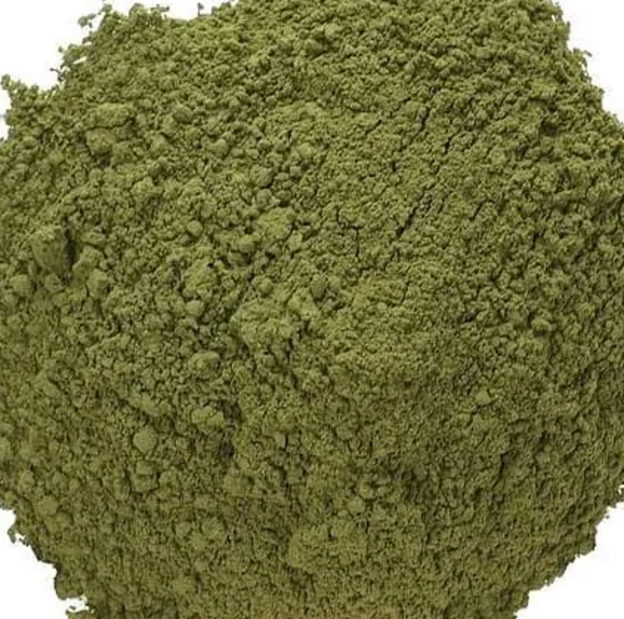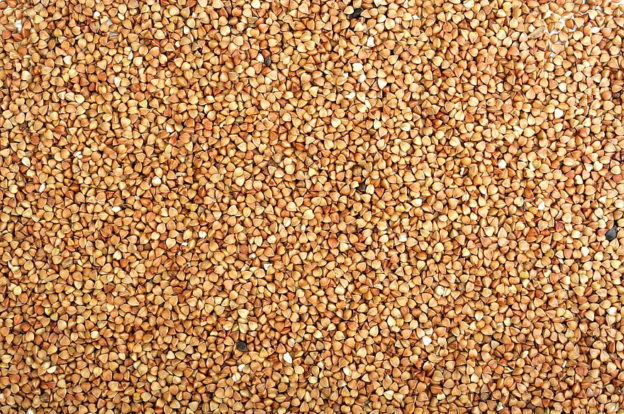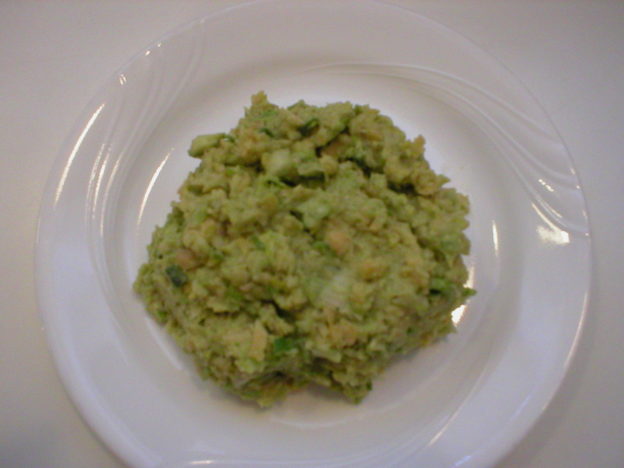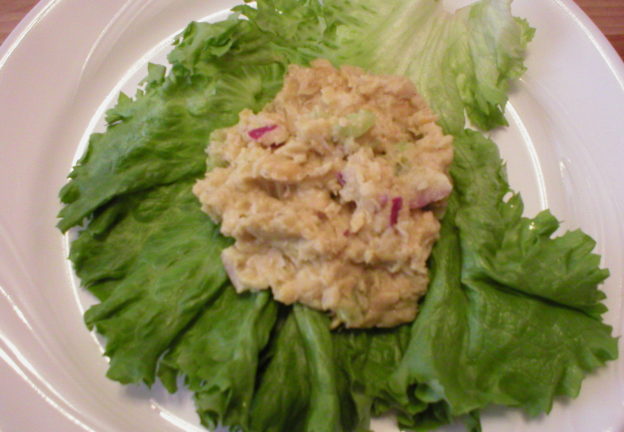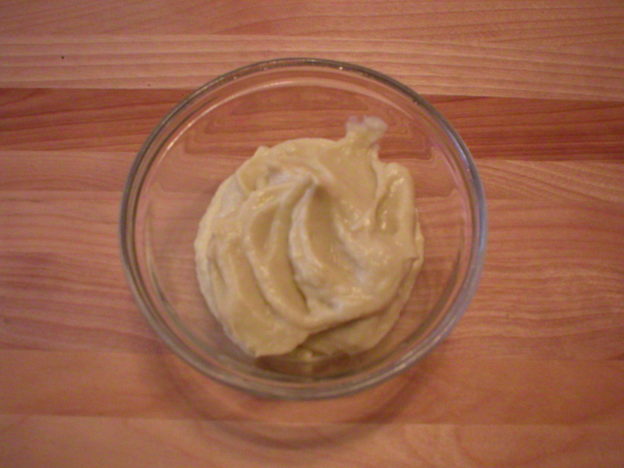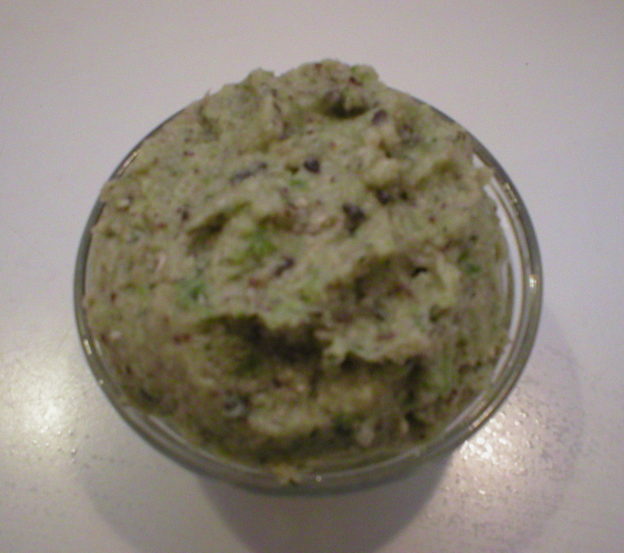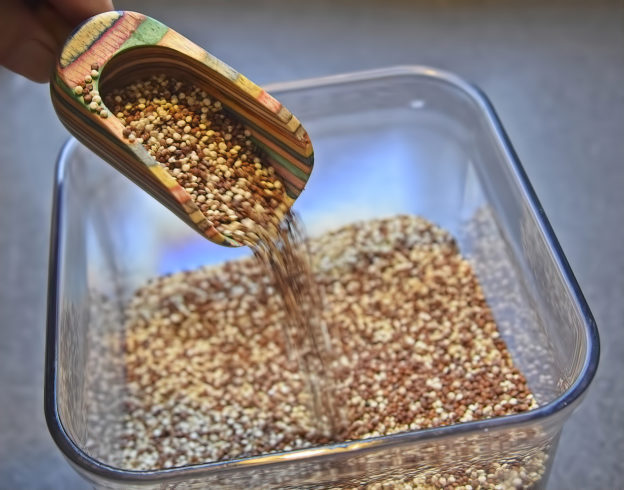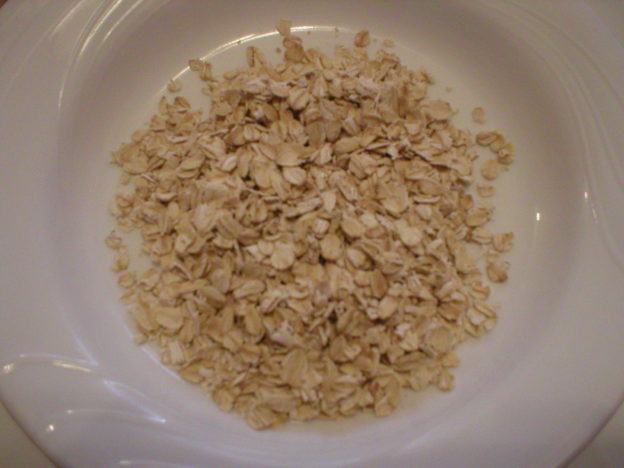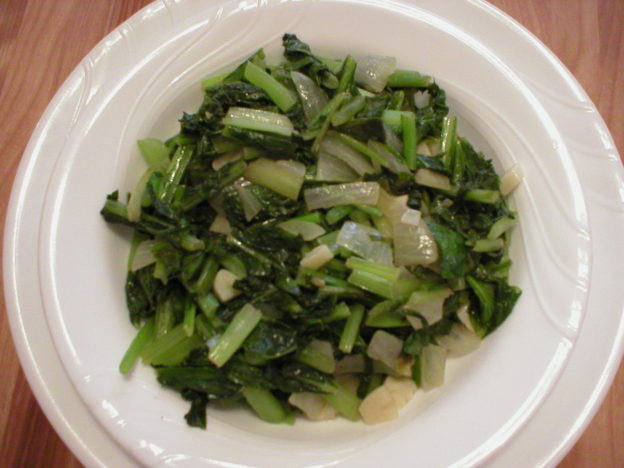Barley Grass 101 – The Basics
Barley Grass Powder vs Barley Grass Juice Powder
Some popular smoothie recipes call for adding barley grass juice powder to the mixture. Yet, when we shop for this item, we may also see barley grass powder. This can lead to confusion and some people may accidentally buy the wrong item. So, what’s the difference?
Both items are made from barley grass, which is the leaves of the young barley plant that has not yet started to produce seeds. However, the two powders are not the same thing.
Barley grass powder is made from the leaves of the young barley plant that have been dehydrated then ground into a fine powder. The powder contains all of the components of the barley grass (except the water), including the nutrients, phytochemicals, and fiber. The powder is a medium green color, that is not as dark as barley grass juice powder. Barley grass powder can be added to foods and beverages, as desired. Barley grass has strong nutritional and medicinal properties and has been used in traditional Chinese medicine for over 1800 years. It is available in powder, capsule, or extract form.
Barley grass juice powder is also made from the leaves of the young barley plant. The leaves are first juiced, then the juice is dried at a low temperature to protect its nutrients. The result is a rich, dark green powder that contains concentrated nutrients that are found in barley grass. The juice powder does not contain the cellulose fiber, since it was removed in the pulp during the juicing process. Just like barley grass powder, barley grass juice powder may also be added to foods and beverages, as desired.
Does Barley Grass Contain Gluten?
While the seed of the plant (barley grain) does contain gluten, neither barley grass powder nor barley grass juice powder should contain gluten. As long as the grass (or leaves) were harvested when the plant was young, before seeds began to form, the grass should be gluten-free. Sometimes the leaves may be harvested late, after the seeds have started to form. In this case, there might be gluten in them. Also, some manufacturers do not have processing facilities that are dedicated to only gluten-free foods. In this case, there is the chance that there could be some gluten contamination (from other foods) in the powder. To be on the safe side, if you are sensitive to gluten, be sure to shop for barley grass products that are certified as being gluten-free.
Nutritional and Health Benefits
Young barley grass is said to be the most nutritious of all the green grasses. The array of nutrients found in barley grass powder and barley grass juice powder will be the same (except for the insoluble fiber which will not be found in barley grass juice powder), since they are derived from the same plant. However, the nutrients and phytochemicals will be much more concentrated and at a higher level in the barley grass juice powder than in the barley grass powder. Since the indigestible cellulose (insoluble fiber) has been removed in the barley grass juice powder, the nutrients will be easier to absorb in the digestive tract.
Barley grass (whether consumed fresh, powered, in capsules, or in juice powder) is rich in Vitamins A, C, E, K, and B-complex vitamins, as well as calcium, iron, magnesium, potassium, and phosphorus. It also contains high quality protein (with many different amino acids, including 8 essential amino acids) that the body can readily utilize. It also contains chlorophyll and an array of phytonutrients and antioxidants that make barley grass a highly nutritious food, no matter how it is consumed.
Heavy Metal and Toxin Remover. According to Anthony William, the Medical Medium, barley grass juice powder, draws out heavy metals, such as mercury, from the liver and other vital organs in the body. Barley grass juice powder is one of the key ingredients in his Heavy Metal Detox Smoothie, and it works in tandem with the other key ingredients of the smoothie to bind onto heavy metals and remove them from the body. Doing so can help to reduce the symptoms and effects of serious health conditions, such as memory and concentration issues, obsessive compulsive disorder (OCD), attention deficit hyperactivity disorder (ADHD), multiple sclerosis, Parkinson’s disease, skin issues such as eczema and psoriasis, anxiety, depression, and many others. Barley grass juice powder replaces the toxins it removes with vital nutrients. Furthermore, it blocks pathogens, such as the Epstein-Barr, shingles, and other viruses from feeding on their preferred foods, such as toxic heavy metals. This, in turn, means that any conditions caused by these pathogens can be helped by consuming barley grass juice powder (and Anthony William’s Heavy Metal Detox Smoothie) on a regular basis.
Digestive Health and Weight Management. Fresh barley grass and barley grass powder (not the juice powder) contain a lot of fiber—all the fiber found naturally in the plant. Fiber moves slowly through the digestive tract, making us feel full longer. This helps to reduce the appetite and curb cravings. These factors can help in weight management, helping us to avoid overeating or over-snacking when we really don’t need the extra food. In a study published in the June 2019 issue of the Journal of Ethnopharmacology, mice were fed a high-fat diet to induce obesity. Barley grass juice was then given to the mice for 60 days at the rate of 200 and 400 mg/kg of body weight. Various tests were administered to the mice at regular intervals and again at the end of the study. Researchers found that barley grass juice showed potent antioxidant activity, accompanied by a significant decrease in body weight and BMI, and improved lipid profiles and liver function markers. They concluded that barley grass juice can be an effective agent in the management of obesity.
Reduced Risk of Heart Disease and Improved Blood Cholesterol Levels. As mentioned in the above paragraph, blood lipid profiles have been shown to improve with regular intake of barley grass juice. It has also been shown to reduce blood pressure and inflammation in the body. All factors combined help to reduce the risk of heart disease and stroke.
Other Benefits. Barley grass contains a variety of important enzymes (fatty acid oxidase, cytochrome oxidase, peroxidase, catalase and transhydrogenase) that can help in the breakdown of fats in the body. Barley grass is also very high in chlorophyll, which helps deter harmful bacteria helping to prevent disease in the body. It also helps to balance the pH of the body, promoting good health and improved immunity. Barley grass juice powder has been shown to help increase energy, aid digestion, relieve constipation, and improve sleep and the health of skin, hair, and nails.
Barley grass juice powder has also been found to be helpful in healing arthritis, migraine headaches, asthma, fatigue, gastrointestinal issues, cancer, and diabetes. It also aids in the circulation of the lymphatic system. With all the health benefits of barley grass, it could be a valuable health tonic for everyone to include in their diet on a regular basis.
Ways to Include Barley Grass into Your Diet
* Grow your own barley grass and juice it on a regular basis.
* If you grow your own barley grass, the leaves can be added to a salad or any meal as a leafy green vegetable.
* Take barley grass capsules if juicing or consuming the powder are not good options for you.
* Add barley grass powder (or juice powder) to water, coconut water, juices, smoothies, or other beverages and drink it on a regular basis.
* Try adding barley grass powder (or juice powder) to pancakes, baked goods (such as quick breads), yogurt, and/or oatmeal. (See note below)
* Add it to a salad dressing.
* Mix it into soups. (See note below)
* Add it to hummus.
Note: To get the optimal benefit from your fresh barley grass, barley grass powder, or barley grass juice powder, use it in an unheated application. Heat treatment may reduce the nutrient content of this powerful food.
Summary
In summary, barley grass is an extremely nutritious, health-promoting food. If you want to improve or guard your health, including it in your diet on a regular basis may prove to be a valuable endeavor over time. If you have a serious health issue, it may be wise to consult with your personal healthcare provider before embarking on something new, just to be cautious. Otherwise, feel free to enjoy it any way you can work it into your day. Your body will thank you!
Resources
https://www.webmd.com/diet/health-benefits-barley-grass
https://mountainroseherbs.com/barley-grass-powder
https://www.healthygoods.com/live-superfoods-barley-grass-juice-powder.html
https://www.beyondceliac.org/gluten-free-diet/is-it-gluten-free/barley/
https://www.craftbeering.com/barley-grass-juice-powder-health-benefits/
https://www.medicalmedium.com/blog/barley-grass-juice-powder-heavy-metal-and-toxin-remover
https://www.medicalmedium.com/blog/barley-grass-shake
https://www.medicalmedium.com/blog/barleygrass
https://pubmed.ncbi.nlm.nih.gov/30951844/
https://teaveli.com/blogs/get-inspired/barley-grass-juice-powder-vs-barley-grass-powder
https://www.drugs.com/npp/barley-grass.html
https://www.ncbi.nlm.nih.gov/pmc/articles/PMC5904770/
https://www.verywellfit.com/barley-grass-88679
https://elissagoodman.com/recipes/5-easy-ways-to-add-barley-grass-juice-powder-into-your-diet/
https://yurielkaim.com/11-barley-grass-benefits/
About Judi
Julia W. Klee (Judi) began her journey enjoying “all things food” in elementary school when she started preparing meals for her family. That love of food blossomed into a quest to learn more and more about health and wellness as related to nutrition. She went on to earn a BS Degree in Food and Nutrition, then an MS Degree in Nutrition. She has taught nutrition and related courses at the college level to pre-nursing and exercise science students. Her hunger to learn didn’t stop upon graduation from college. She continues to research on a regular basis about nutrition as it relates to health. Her hope is to help as many people as possible to enjoy foods that promote health and wellness.

